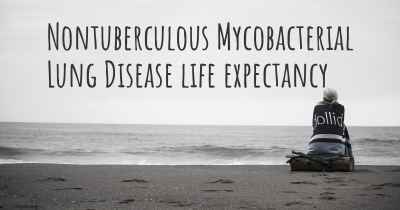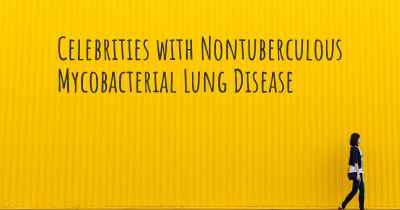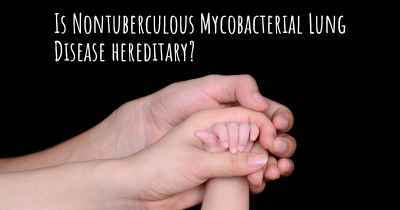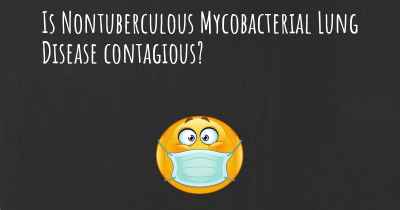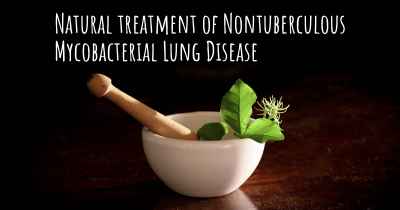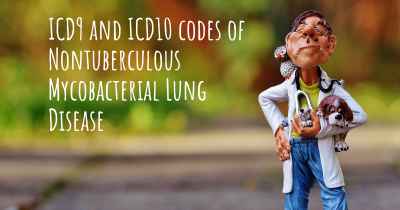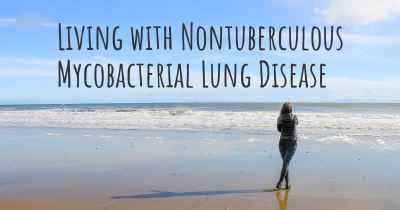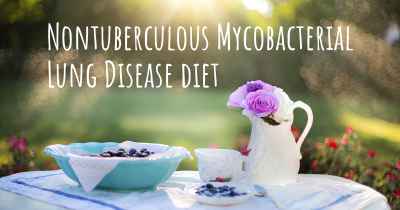Is it advisable to do exercise when affected by Nontuberculous Mycobacterial Lung Disease? Which activities would you suggest and how intense should they be?
See if it is advisable for people with Nontuberculous Mycobacterial Lung Disease to practice sports and which ones are the most recommended if you have Nontuberculous Mycobacterial Lung Disease
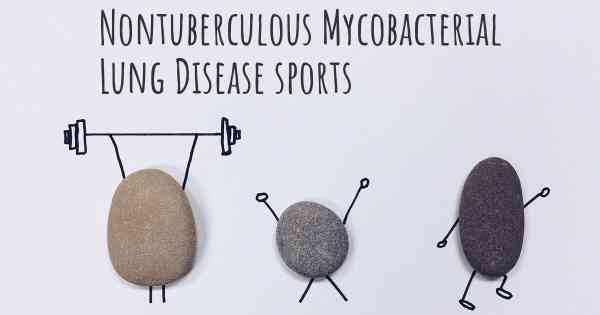
Is it advisable to do exercise when affected by Nontuberculous Mycobacterial Lung Disease?
When dealing with Nontuberculous Mycobacterial Lung Disease (NTM-LD), it is important to consider the impact of exercise on your overall health and well-being. While exercise can have numerous benefits, it is crucial to approach it with caution and consult with your healthcare provider before starting or modifying any exercise routine.
Benefits of Exercise for NTM-LD Patients
Engaging in regular physical activity can provide several advantages for individuals affected by NTM-LD:
- Improved Lung Function: Exercise can help strengthen the respiratory muscles, enhance lung capacity, and improve overall lung function.
- Enhanced Cardiovascular Health: Regular exercise can improve heart health, increase stamina, and promote better circulation.
- Boosted Immune System: Physical activity has been shown to enhance the immune system, which can be beneficial for individuals with NTM-LD.
- Reduced Anxiety and Depression: Exercise releases endorphins, which can help alleviate symptoms of anxiety and depression that may accompany NTM-LD.
Recommended Activities and Intensity
The choice of exercise activities should be based on your individual capabilities, preferences, and the severity of your NTM-LD. Here are some suggestions:
- Aerobic Exercises: Low-impact activities like walking, swimming, or cycling can be beneficial for improving cardiovascular fitness without putting excessive strain on the lungs.
- Strength Training: Incorporating light resistance exercises using weights or resistance bands can help strengthen muscles, including the respiratory muscles.
- Flexibility and Stretching: Gentle stretching exercises can improve flexibility, reduce muscle tension, and enhance overall mobility.
- Breathing Exercises: Techniques such as pursed-lip breathing or diaphragmatic breathing can help improve lung function and control shortness of breath.
When determining the intensity of your exercise routine, it is crucial to start slowly and gradually increase the duration and intensity over time. Listen to your body and be mindful of any symptoms or discomfort that may arise during or after exercise. It is recommended to work with a qualified healthcare professional or a certified exercise specialist who can provide personalized guidance and support.
Precautions and Considerations
While exercise can be beneficial, it is important to take certain precautions when dealing with NTM-LD:
- Consult Your Healthcare Provider: Before starting any exercise program, consult with your healthcare provider to ensure it is safe and appropriate for your specific condition.
- Monitor Symptoms: Pay attention to any changes in symptoms, such as increased coughing, shortness of breath, or fatigue. If these symptoms worsen during or after exercise, it may be necessary to modify your routine.
- Avoid Overexertion: Do not push yourself too hard. Gradually increase the intensity and duration of your workouts to avoid overexertion and potential complications.
- Stay Hydrated: Drink plenty of water before, during, and after exercise to prevent dehydration, which can exacerbate symptoms.
Conclusion
Engaging in regular exercise can have numerous benefits for individuals affected by NTM-LD. However, it is crucial to approach exercise with caution, consult with your healthcare provider, and listen to your body. By incorporating appropriate activities and gradually increasing intensity, exercise can contribute to improved lung function, cardiovascular health, and overall well-being.
